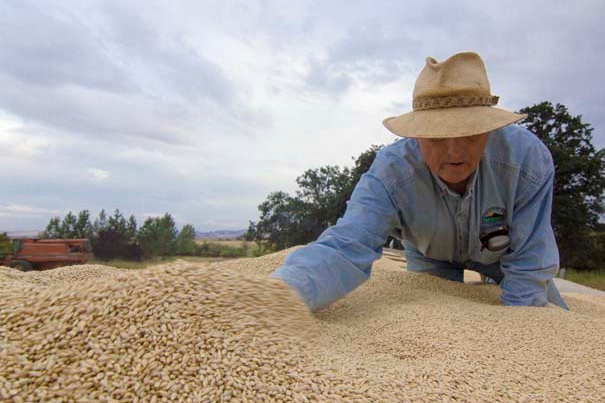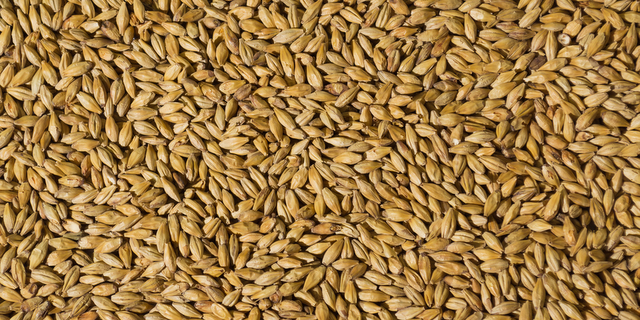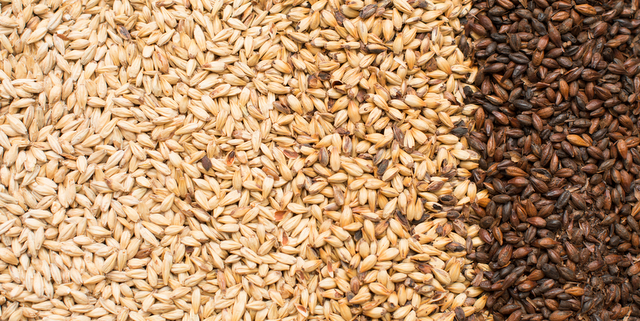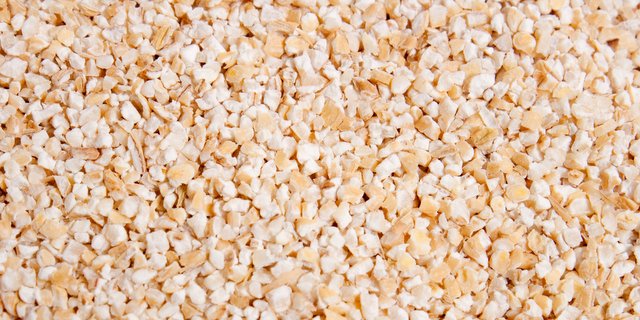
The mission of the American Malting Barley Association (AMBA) is to encourage and support an adequate supply of high-quality malting barley for end-users. The primary strategy in achieving this is the development of new varieties with an increased chance of making industry malting quality specifications, often referred to as selection rate. Barley breeders have been meeting this challenge with varieties that maintain kernel plumpness over a wider range of environmental conditions, significantly improving resistance to the most common diseases and reducing kernel protein.
Malting barley end-users formed industry associations to address the lack of poor malting quality in the varieties being grown when prohibition ended in 1933. The industry worked with researchers to evaluate the new lines they were developing and with growers to determine which varieties were best adapted to their growing region. Over time, there has been a dramatic improvement in the malting quality of the varieties and the industry had a large pool of malting barley to select from.
RELATED: Barley panic watch: Cornell University experimenting with crops
In the last 20 years, this large pool of malting barley has declined significantly. Competition from other crops, government programs, transportation and the loss of traditional feed barley markets are just a few of the reasons for the decline in barley acreage. Malting barley can be a high-risk crop in some areas with the many required quality factors for selection that can be negatively impacted by weather and disease stresses.
AMBA President Michael P. Davis noted that “increasing the selection rate of malting barley is a major focus of AMBA’s strategic research goals. We need to make sure that new malting lines not only produce top quality malt, but that they fit the producer’s needs as well.”
Most quality and agronomic enhancements are related. Plumper kernels, for instance, provide a brewing end user with greater processing efficiencies, but also give growers higher yields. Other agronomic advances may have an indirect impact on selection rates for malting quality. For example, a variety that is a few days earlier to mature might miss a late season rain that could promote head blight or cause preharvest sprouting.
“In the end, we need to be cognizant of all of the quality and agronomic factors that increase the chances of a grower raising malting quality barley and communicate this to researchers involved in new variety development,” said Davis. “AMBA funds approximately $0.5 million in barley research with the major goal of improving selection rates that benefit growers and end users. We are very fortunate to have a strong public sector barley research community capable of creating the new varieties we all need.”




Leave a Reply
You must be logged in to post a comment.